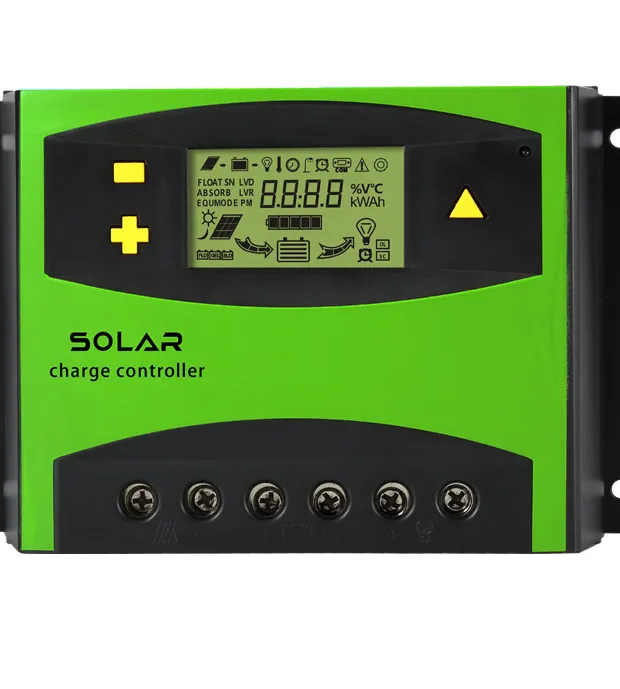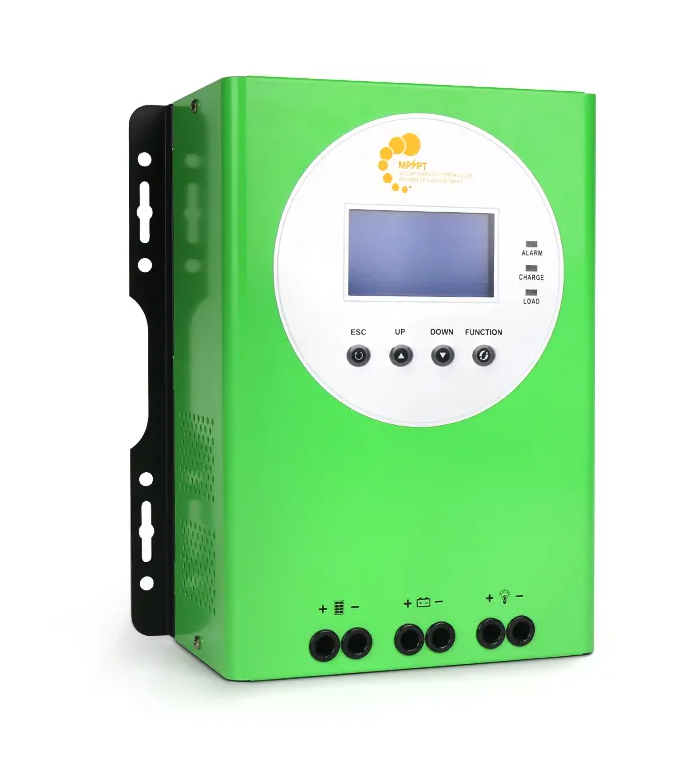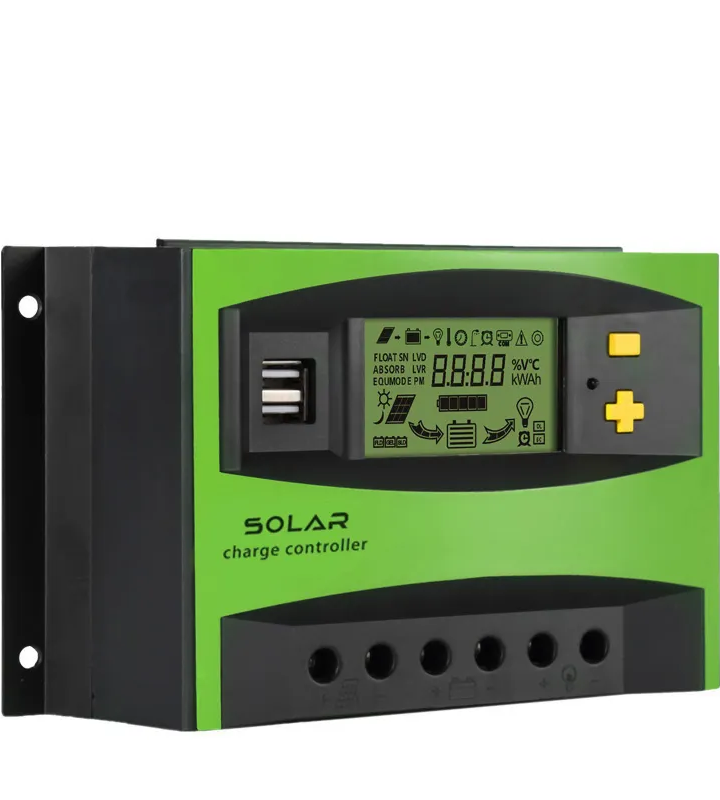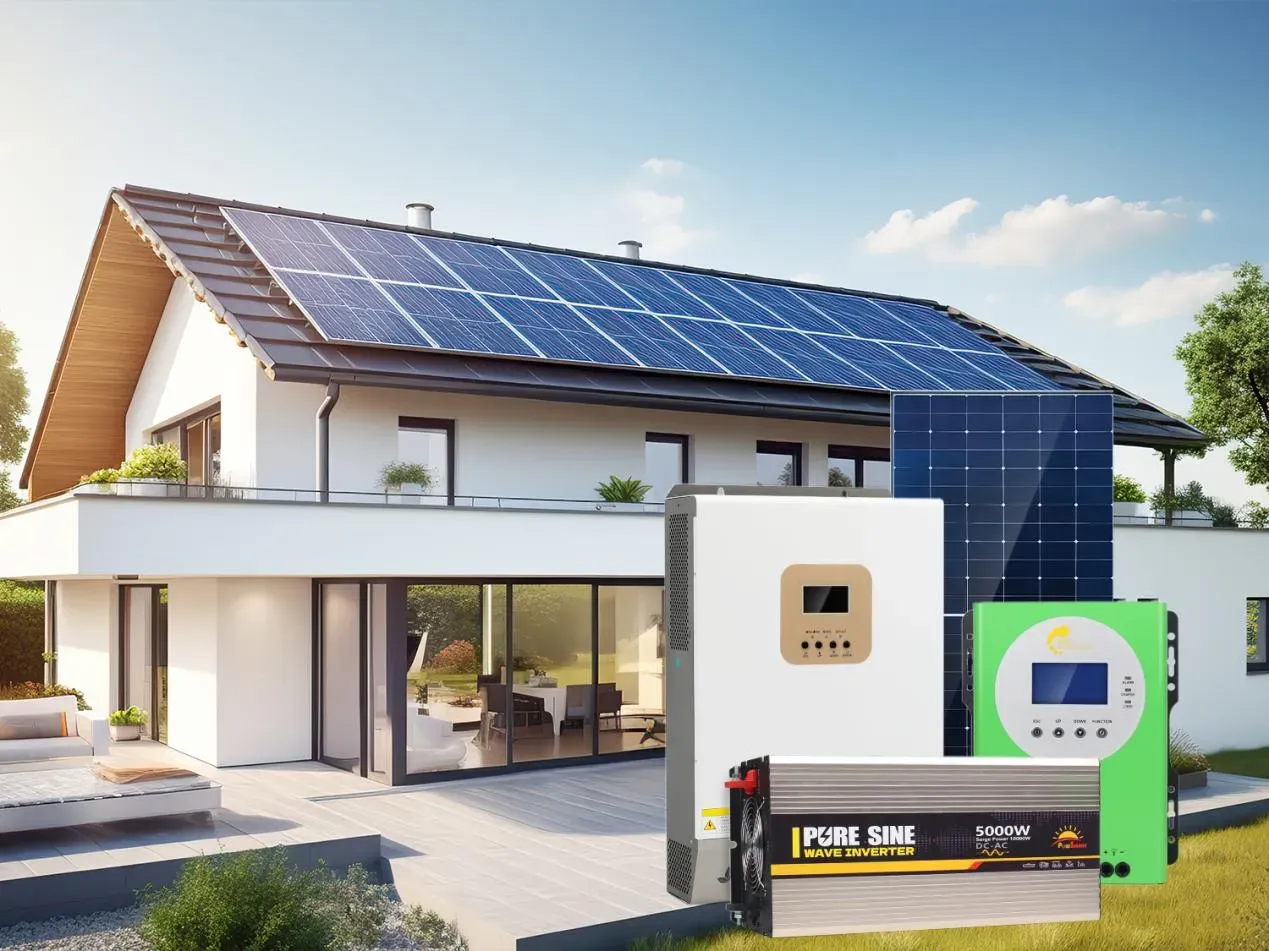
Discover the critical role of solar charge controllers in maintaining battery health and optimizing energy storage, allowing you to make the most of your solar power setup with advanced features and intelligent technology.

To make sure that solar power systems can work effectively and last long, there is a need for solar charge controllers. They regulate the amount of electricity coming from solar panels towards batteries thus making certain they do not overcharge. Overcharging can greatly reduce the life span of a battery as well as cause energy storage inefficiency. Voltage and current are regulated by these devices so as to keep batteries healthy and at their best performance level. Modern controllers have additional features such as MPPT (Maximum Power Point Tracking) which continuously varies electric operating point with a view to maximizing energy harvested from sun rays through adjustments on different parts of the system like photovoltaic modules or even entire arrays thereof . This serves two purposes: firstly it increases efficiency in power production from sunlight while secondly ensuring that all available power produced by one’s panel gets stored in a manner that is most appropriate

Photovoltaic Maximum Power Point Tracking (MPPT) solar charge controllers are efficient devices that have been designed to maximize the output from photovoltaic systems. They do this by ensuring optimum power transfer between the solar array and battery bank through voltage and current matching. When weather conditions are less than ideal or during seasons with reduced sunlight hours, more energy is harvested from sunlight harvesters thanks to MPPT charge regulators. In comparison to conventional PWM (Pulse Width Modulation) types which can only achieve about 75% efficiency in such situations, these gadgets can improve efficiency by 30%. This implies that a higher amount of electricity will be saved in batteries thereby reducing reliance on backup generators while enhancing overall sustainability within power networks. Another advantage of using them includes ability to work with higher voltage arrays where it ensures highest possible utilization by drawing most available electricity for use elsewhere within an electrical system.

Solar charge controllers are designed to prolong the service life of batteries used in solar energy systems. Batteries are an important part and if charged wrongly, their life can be cut short by many years. It is important to charge them with right voltage levels that’s why these devices exist. Overcharging causes overheating and battery damage while deep discharging leads to sulfation which results into loss of capacity too. All this is avoided by charging at optimal levels signaled by solar charge controllers hence keeping them healthy for longer periods so that we do not have frequent replacements but also achieve reliability and efficiency in using solar power systems as well.

Primarily, there are two types of solar charge controllers: MPPT (Maximum Power Point Tracking) and PWM (Pulse Width Modulation). PWM charge controllers are cheaper and simpler; therefore, they can be employed in smaller systems. When the battery is full, it lowers charging current slowly. Conversely, MPPT charge controllers are more complex than PWMs since they can handle high power levels which make them suitable for large or sophisticated systems. These devices optimize energy flow between a solar panel array and a battery bank – thereby increasing efficiency in energy conversion within such systems. This way even during cloudy days this kind of controller ensures that all panels give out their maximum output power while still keeping the system efficient at all times regardless of climate conditions.

Sunrise New Energy is a one-stop provider of energy storage and photovoltaic power generation solutions. Our mission is to create a new way of life by integrating clean energy into our daily lives and achieving perfect harmony between man and nature. As a professional solar module and system solution provider, our products will benefit more people!
Our products include off-grid inverters, solar hybrid inverters, solar controllers, solar panels, storage batteries, PV off-grid systems, grid-connected systems, hybrid systems, PV racking systems, and other PV series products, and have been certified by FCC, ETL, CE, and so on.
Our inverters and batteries are designed for superior performance and reliability.
We ensure smooth processing and timely delivery of large-scale orders.
Our products feature cutting-edge technology for optimal energy solutions.
We provide responsive and knowledgeable support for all client needs.
To size an MPPT solar charge controller, first determine the total wattage of your solar panels and divide by the battery voltage to get the amperage. Add a safety margin of 25-30%. For instance, for a 1000W solar panel system and a 24V battery, the controller should handle at least 52A (1000W / 24V = 41.67A, plus 25% margin).
Connecting solar panels to a battery bank, charge controller, and inverter involves these steps:
Ensure all connections are secure and follow the manufacturer's instructions for safety.
To program a solar charge controller, follow these steps:
PWM (Pulse Width Modulation) solar charge controllers regulate the charging of batteries by modulating the width of the pulses of current sent to the battery. They continuously adjust the charge to match the battery's needs, preventing overcharging and improving battery lifespan. When the battery is nearly full, the controller reduces the current, ensuring efficient and safe charging while maintaining optimal battery health.
A solar charge controller regulates the voltage and current from solar panels to the battery. It prevents overcharging by reducing the current when the battery reaches a specified voltage. The controller also ensures optimal charging, prolonging battery life and efficiency. There are two main types: PWM (Pulse Width Modulation) and MPPT (Maximum Power Point Tracking), with MPPT being more efficient by optimizing power output from the solar panels.
